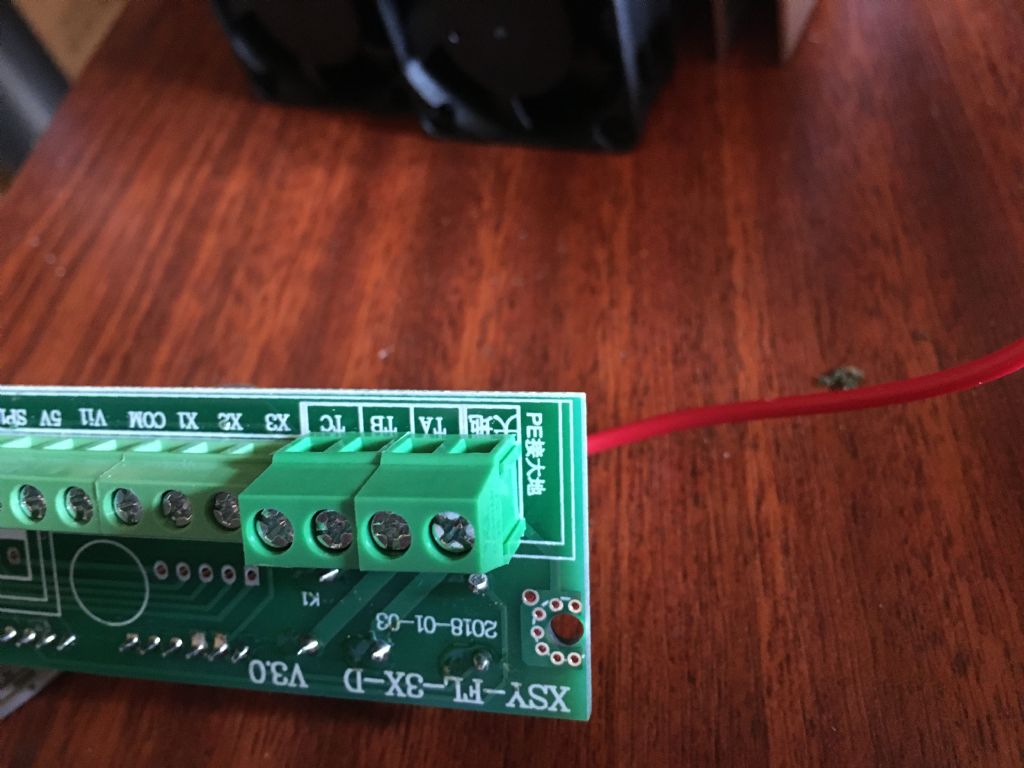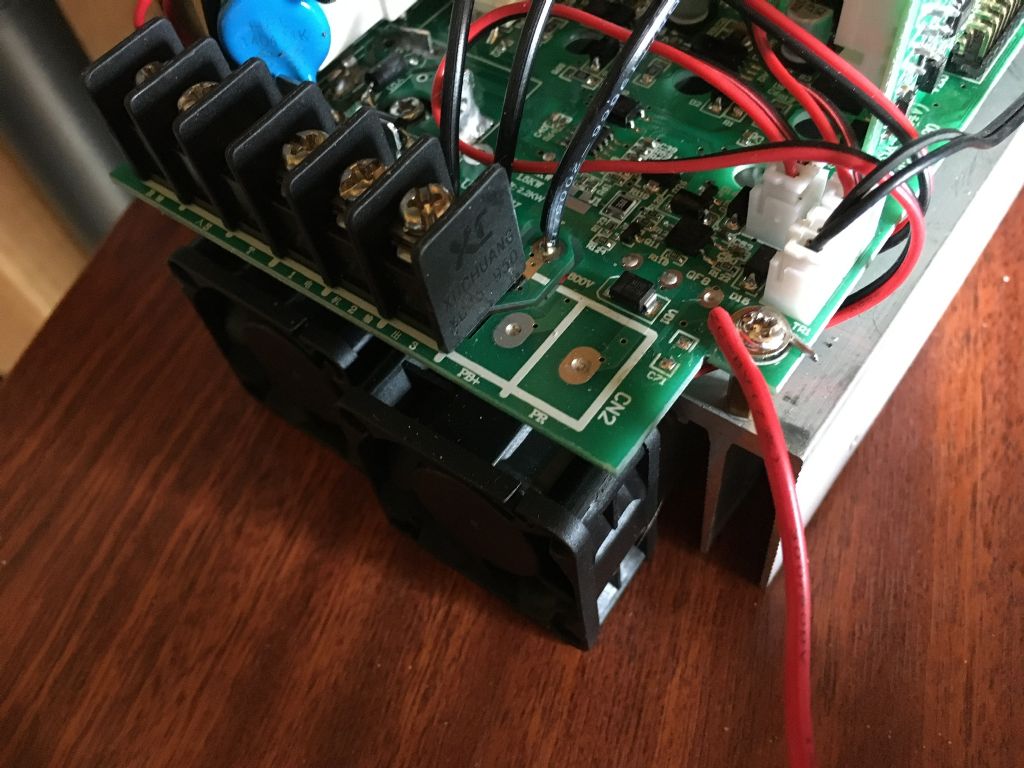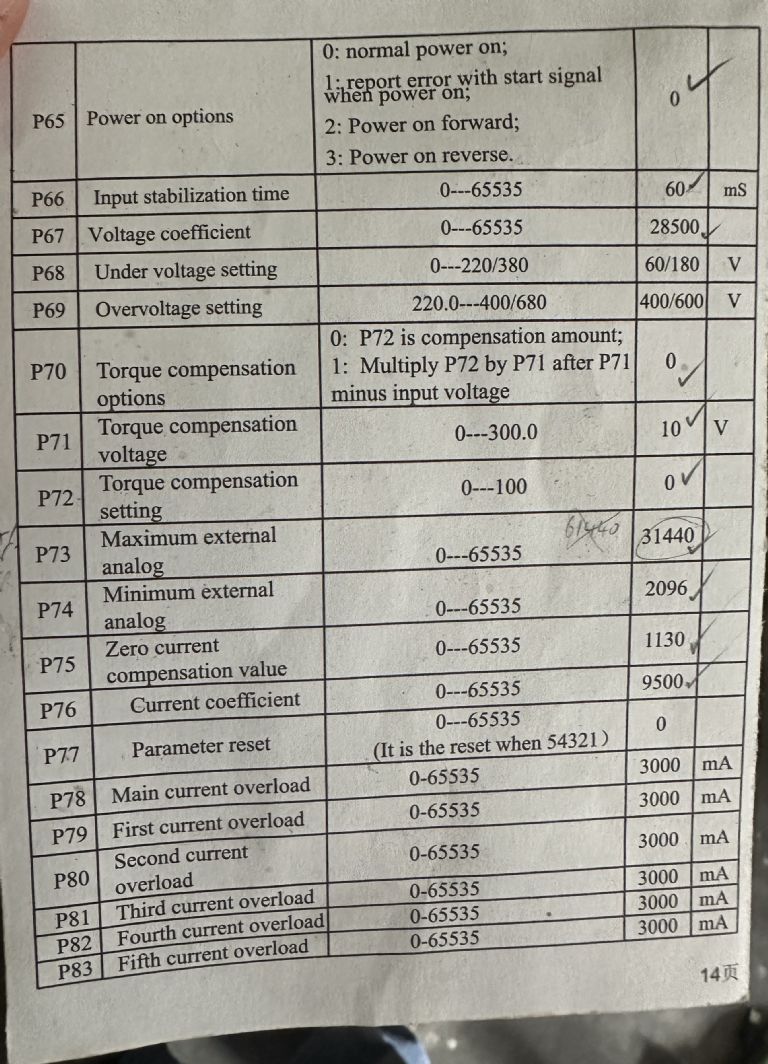VFD. XSY AT4 220v 1phase to 380v 3phase advice sort
VFD. XSY AT4 220v 1phase to 380v 3phase advice sort
- This topic has 73 replies, 17 voices, and was last updated 20 August 2023 at 00:50 by
James Walker.
- Please log in to reply to this topic. Registering is free and easy using the links on the menu at the top of this page.
Latest Replies
Viewing 25 topics - 1 through 25 (of 25 total)
-
- Topic
- Voices
- Last Post
Viewing 25 topics - 1 through 25 (of 25 total)
Latest Issue
Newsletter Sign-up
Latest Replies
- Some wild kangaroos over a few days on our Front Door Ring Cam
- Anyone know about wells and Victorian plumbing?
- Web Hosting
- 3D printer choices
- Building Bernard Tekippe’s Precision Regulator
- CCTV -advice required
- Superheater pipe repair
- Dead flies on the front of the car
- 12 INCH HARRISON
- Warco Machines for Sale







